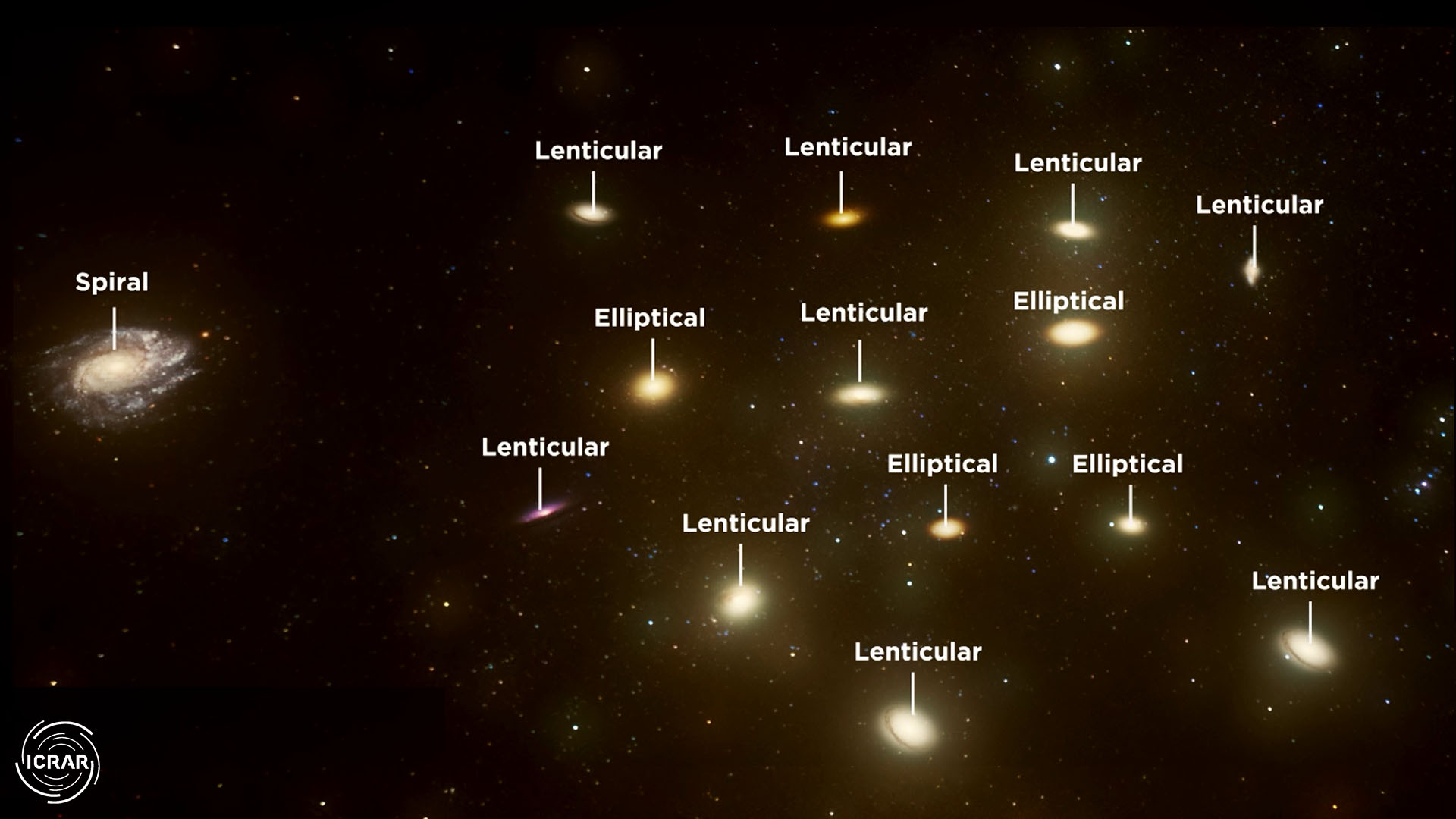| Dec 16, 2022 |
Astronomers may have uncovered how galaxies change their shape
|
|
(Nanowerk News) Researchers may have answered a decades-old question about galaxy evolution, leveraging the power of artificial intelligence (AI) to accelerate their research.
|
|
Ever since the Hubble Sequence, that classifies galaxy morphologies, was invented in 1926, astronomers have been refining our understanding of galaxy evolution and morphology as our technology advances.
|
|
By the 1970’s, researchers had confirmed that lone galaxies tend to be spiral-shaped, and those found in clusters of galaxies were likely to be smooth and featureless, known as elliptical and lenticular (shaped like a lens).
|
|
Published in the journal Monthly Notices of the Royal Astronomical Society ("The galaxy morphology-density relation in the EAGLE simulation"), new research led by astronomers at theInternational Centre for Radio Astronomy Research (ICRAR) may have uncovered the reason for these differences in shapes.
|
 |
| A visual representation of AI classifying galaxies based on data from the EAGLES simulation. (Image: ICRAR)
|
|
Lead author Dr Joel Pfeffer from The University of Western Australia node of ICRAR, said the research explains the ‘morphology-density relation’ – where clustered galaxies appear smoother and more featureless than their solo counterparts.
|
|
“We’ve discovered there are a few different things going on when we get lots of galaxies packed together,” Dr Pfeffer said.
|
|
“The spiral arms on galaxies are so fragile, and as you go to higher densities in the galaxy clusters, spiral galaxies start to lose their gas.
|
|
“This loss of gas causes them to ‘drop’ their spiral arms, transforming into a lenticular shape.”
|
|
“Another cause is galaxy mergers, which can see two or more spiral galaxies crashing together to form one large elliptical galaxy in the aftermath.”
|
|
The study utilised the powerful EAGLE simulations to analyse a group of galaxies in detail, using an AI algorithm to classify galaxies by their shape.
|
|
The neural network-based algorithm was trained by ICRAR PhD candidate Mitchell Cavanagh and can classify almost 20,000 galaxies per minute, compressing what would typically take weeks into one hour.
|
|
The simulations closely match what has been observed in the Universe, giving researchers the confidence to use the simulation results to interpret observations of galaxy clusters
|
|
The study also identified several lenticular galaxies outside of the high-density regions where they are expected, with the modelling suggesting they were created by the merging of two galaxies.
|
|
Dr Pfeffer said the work brings together various pieces of research in galactic evolution, to understand the morphology-density relation for the first time.
|
|
“There's been lots of suggestions over time,” he said. “But this is the first work to really put all of pieces of the puzzle together.”
|

